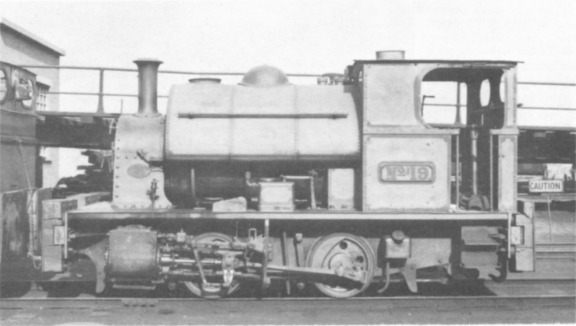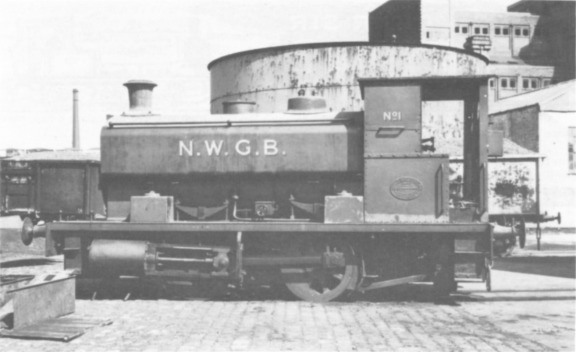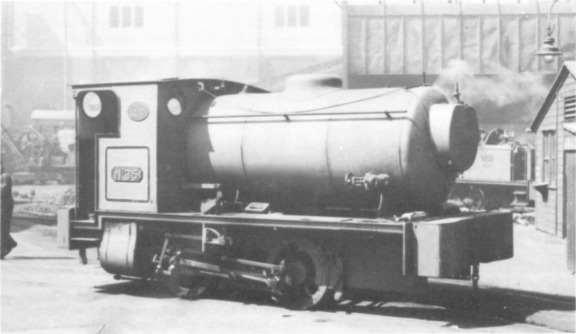
| THE INDUSTRIAL RAILWAY RECORD |
© APRIL 1971 |
THE GASWORKS SCENE
A. M. BURGESS
As late as the mid-1960s Britain's gasworks were a favourite haunt of steam enthusiasts. The sight of a saddle tank fussing busily around in the shadow of functional retort houses and gaunt gasholders caught the spirit of industrial railways — unglamorous, unsung, but with great aesthetic charm and photographic potential. And then almost overnight new methods of producing gas without the use of coal were introduced: these and natural gas today are together forcing the traditional gasworks from the scene. Already steam working has virtually disappeared. Steam engines may still be found but they are lying idle awaiting a diesel breakdown, the scrapman’s torch or, more happily, a secure place in a preservation scheme.
Newcomers to the industrial railway scene will have to move fast to see anything of steam in the gas industry. But it will be worthwhile: they will see some impressive architecture and form an idea at least of this aspect of industrial railway history. Where to go? Well, in London there’s Beckton, down by the Thames, where two fireless locos from the 1950s are the last survivors of a large steam fleet. Still in the south, there’s a beautifully kept Peckett at Hilsea, Portsmouth, which the staff will proudly drag out for visitors: she’s due to go to a museum soon. In Lancashire, where steam once abounded in gasworks. there is now just one solitary Barclay at Burnley. On Tyneside, Redheugh (Gateshead) can produce a sparkling SIR CECIL A. COCHRANE and Elswick (Newcastle) T. P. RIIDLEY on an overhead system: both are local products from Stephenson’s works on Tyneside. The most interesting site in Scotland is the furthest north: Aberdeen with three Barclay saddle tanks dating from 1897 and a preserved 1887 Black Hawthorn to boot. In Glasgow, Provan and Tradeston have spare engines and so has Granton at Edinburgh.
Older enthusiasts may well consider these notes gloomy. It is indeed a sobering thought to recall the number of gasworks that have been closed or dieselised in the last few years. Soon they will all have gone!

One of the gems of former years was this 1914 Avonside at the East Greenwich Gasworks of the South Metropolitan Gas Company. (F. Jones)

The last gasworks steam locomotive in Lancashire is Barclay 1927 of 1927 at Burnley. (F. Jones)

Rail traffic has now ceased at Beckton Gasworks and No.35 (Stephenson & Hawthorns 7803 of 1954) is laid aside. (F. Jones)